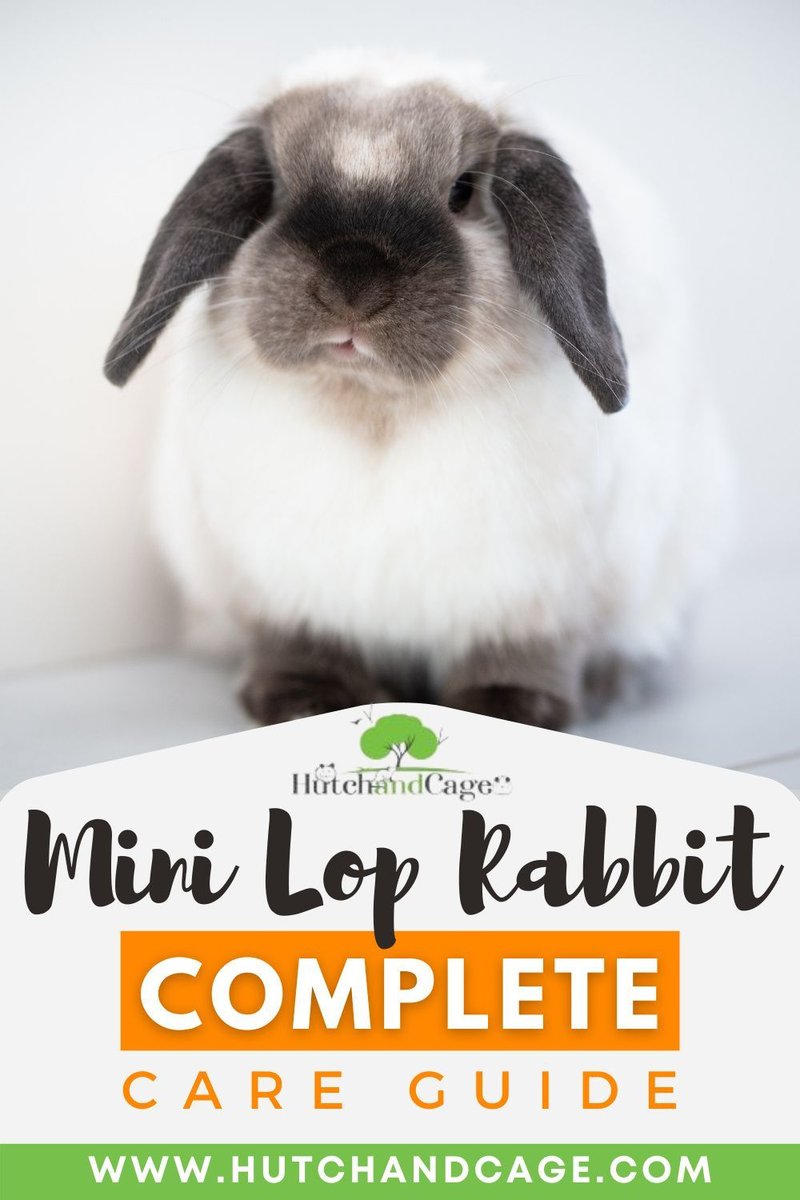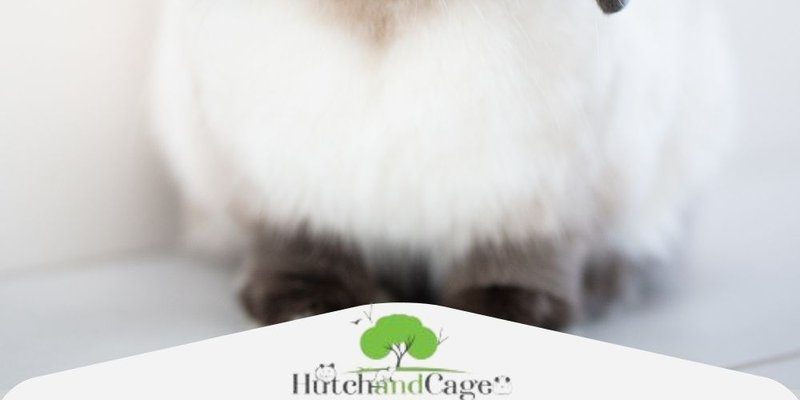
If you’re new to the world of rabbits, you might be overwhelmed by the information out there. It can feel a bit like trying to decode a gadget manual when all you want to do is press the “on” button. But don’t worry! In this article, we’ll break down everything you need to know about housing, diet, and grooming for your Mini Lop, one hop at a time.
Creating the Perfect Home for Your Mini Lop
Your Mini Lop’s living space is crucial for their well-being. Think of it as their little kingdom where they can feel safe and relaxed. Ideally, their habitat should be spacious enough for them to hop, stretch, and play. A common choice is a large, sturdy rabbit pen or an indoor rabbit cage that allows for plenty of movement.
When setting up their space, consider these important features:
- Size: A typical Mini Lop needs at least 4-6 square feet of space. The more room, the better! Think about incorporating a rabbit run or letting them roam free in a rabbit-proofed area of your home.
- Bedding: Use soft bedding like hay or carefresh to keep them comfortable. Avoid cedar and pine shavings, as they can be harmful.
- Hideouts: Rabbits love having places to hide. A simple cardboard box or a wooden tunnel can provide them with a sense of security.
Good ventilation is key too. Make sure the area doesn’t get too hot or too cold. If your house is stifling in the summer, consider providing a cool, shaded spot. Rabbits can overheat easily, so they need a comfy, temperate habitat to thrive.
Feeding Your Mini Lop: Diet Basics
Feeding your Mini Lop rabbit is like crafting a gourmet meal; it’s all about balance and variety. A proper diet helps keep them healthy and full of energy. Here’s what to focus on:
1. Hay: A Mini Lop’s diet should consist primarily of hay. It’s like the bread and butter of rabbit meals. Timothy hay is a popular choice because it’s rich in fiber, which is essential for their digestion. Provide unlimited access to hay daily.
2. Fresh Vegetables: Your rabbit will appreciate the occasional veggie treat. Leafy greens like romaine lettuce, cilantro, and kale are excellent options. Start with small amounts to see how your bunny reacts, and don’t overdo it!
3. Pellets: Look for high-quality rabbit pellets that are high in fiber and low in protein. Check the ingredient list for good stuff—avoid pellets that contain seeds or nuts, as these can be unhealthy.
4. Fresh Water: Just like us, rabbits need fresh water. Whether you use a bowl or a water bottle is up to you—but make sure they always have access.
You might be wondering if you should give them treats. Well, yes, but in moderation! Small amounts of fruits, like apples or bananas, can be lovely, but keep treats to about 5% of their diet.
Grooming Your Mini Lop Rabbit
Rabbits may look low-maintenance, but grooming is a key part of their care routine. Think of it as pampering your little fluffball—it’s about keeping them looking spiffy and feeling good. Here’s how to get started:
1. Brushing: Mini Lops have a dense coat that benefits from regular grooming. During their shedding seasons, which usually happen in spring and fall, you’ll want to brush them at least once a week. A slicker brush or a soft grooming glove works wonders for removing loose fur and preventing mats.
2. Nail Trimming: Keeping those little nails trimmed is essential for their health. Aim to trim their nails every 4-6 weeks. If you’re unsure how to do it, don’t hesitate to ask a vet or a pet store professional for a demonstration!
3. Bathing: Generally, rabbits don’t need baths, as they’re really good at cleaning themselves. However, if they get into something sticky or dirty, use a damp cloth to clean just the affected areas. Be gentle and never fully submerge them in water.
4. Ear and Eye Checks: Regularly check their ears for dirt or wax and look at their eyes for any signs of discharge. If you notice anything unusual, a quick trip to the vet can help keep your guinea pig healthy.
Understanding Their Behavior
Getting to know your Mini Lop’s behavior is as important as knowing how to care for them. These little guys have quirky personalities, and learning to understand what they like can make your bond stronger.
For example, if your rabbit gently nudges you, they’re likely asking for attention or a pet. If they do a little binky—jumping and twisting in the air—they’re expressing pure joy! It’s like your pet is doing a happy dance, making your heart melt.
However, you might also notice some behaviors that are not so cute. If your rabbit is digging or chewing on furniture, they might just be bored. Providing toys or chew items can keep them entertained and prevent destructive habits.
Health Considerations for Mini Lops
Just like any pet, Mini Lops can face health issues, so regular vet visits are essential. Here are some health considerations to keep in mind:
1. Vaccinations: Depending on where you live, your rabbit might need vaccines against diseases like Rabbit Hemorrhagic Disease (RHD) or myxomatosis. Check with your veterinarian for recommendations specific to your location.
2. Dental Care: Rabbits have continuously growing teeth, which means they need to chew to wear them down. A diet high in hay and chew toys helps prevent dental problems, but be on the lookout for any signs of discomfort, like not eating as much.
3. Signs of Illness: Be alert to any changes in your rabbit’s behavior, eating habits, or litter box usage. If they’re hiding more than usual or seem less active, it could signal a health issue that needs attention.
4. Spaying/Neutering: If you have a pet Mini Lop, consider spaying or neutering them. This can prevent certain health issues later on and often leads to better behavior.
Providing Enrichment for Your Mini Lop
A happy Mini Lop is an entertained Mini Lop! Just like us, these little bunnies can get bored, and it’s up to you to keep their minds and bodies active. Here’s how:
– Toys: There’s a wide range of toys specifically for rabbits, including chew toys, tunnels, and balls. You can even create DIY toys using cardboard boxes or paper bags filled with hay!
– Free Roaming: If it’s safe, allowing your Mini Lop to explore different areas of your home can be a fun way for them to get exercise and stimulate their curiosity.
– Interactive Play: Spend time each day playing with your bunny. Whether it’s a game of hide-and-seek or just letting them hop around freely, they’ll appreciate the interaction.
– Training: Believe it or not, Mini Lops can learn tricks! Positive reinforcement training can be a fun way to bond and keep them mentally stimulated.
Wrap-Up: Your Mini Lop Companion
Caring for a Mini Lop rabbit can truly be one of the most rewarding experiences in pet ownership. They’re not just pets; they’re little companions full of personality and love. With the right housing, diet, grooming, and understanding of their behaviors, you can create a fantastic life for your Mini Lop.
Remember, the key is to enjoy the journey. Each rabbit has its unique quirks, and getting to know your furry friend is half the fun. So, take your time, smile at their antics, and create a nurturing space where they can flourish. After all, you’re not just caring for a rabbit; you’re building a friendship that hops into your heart!

